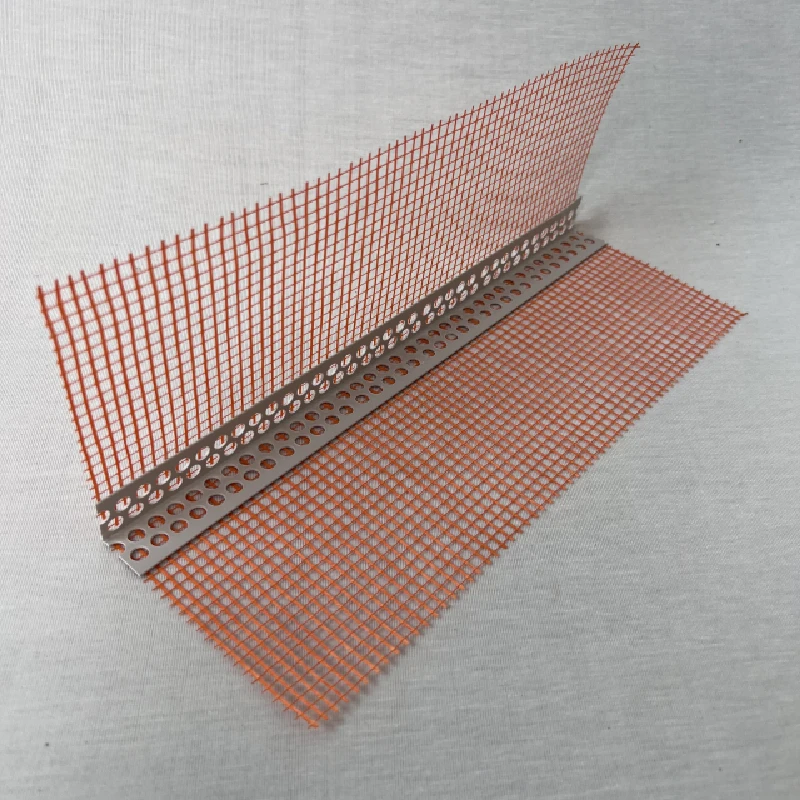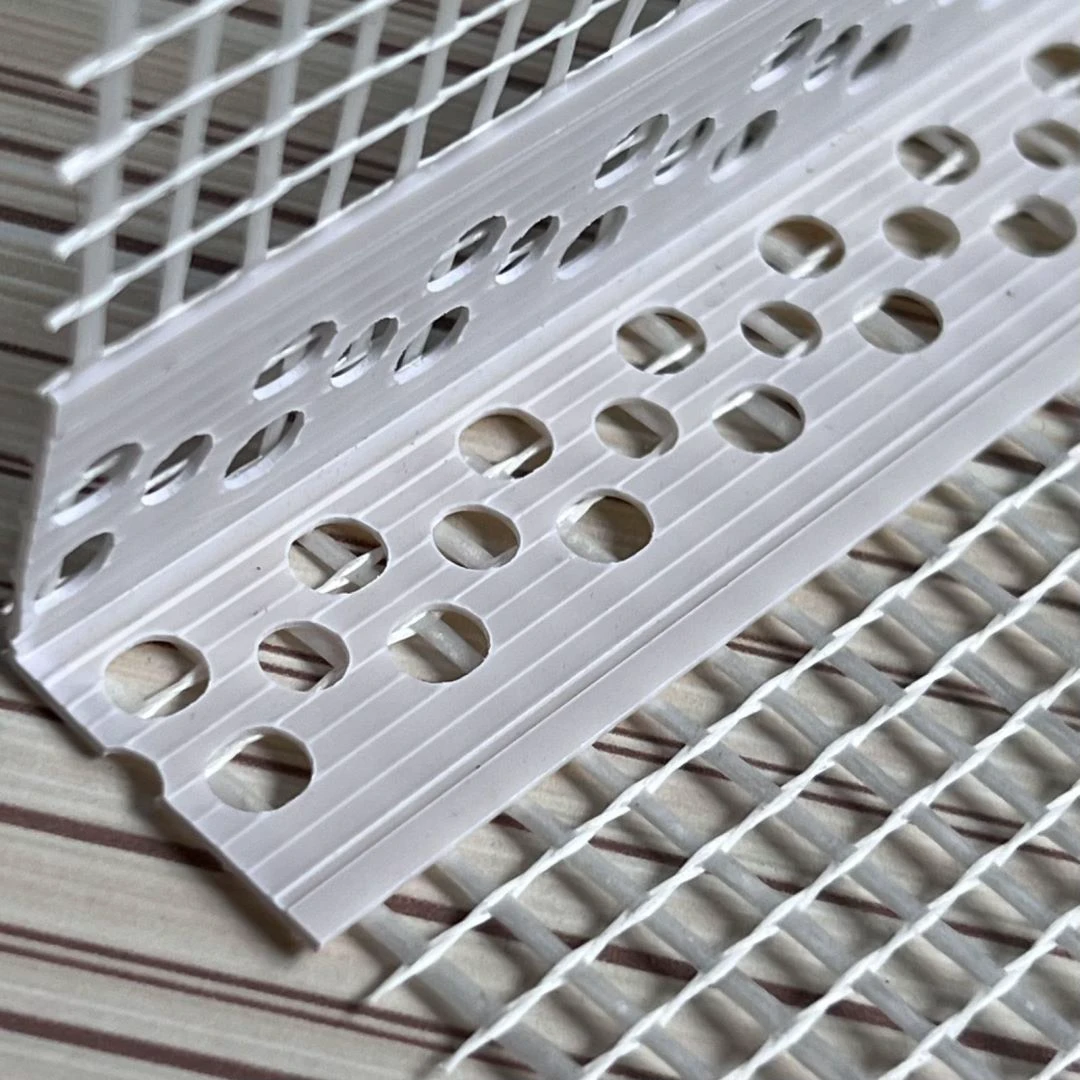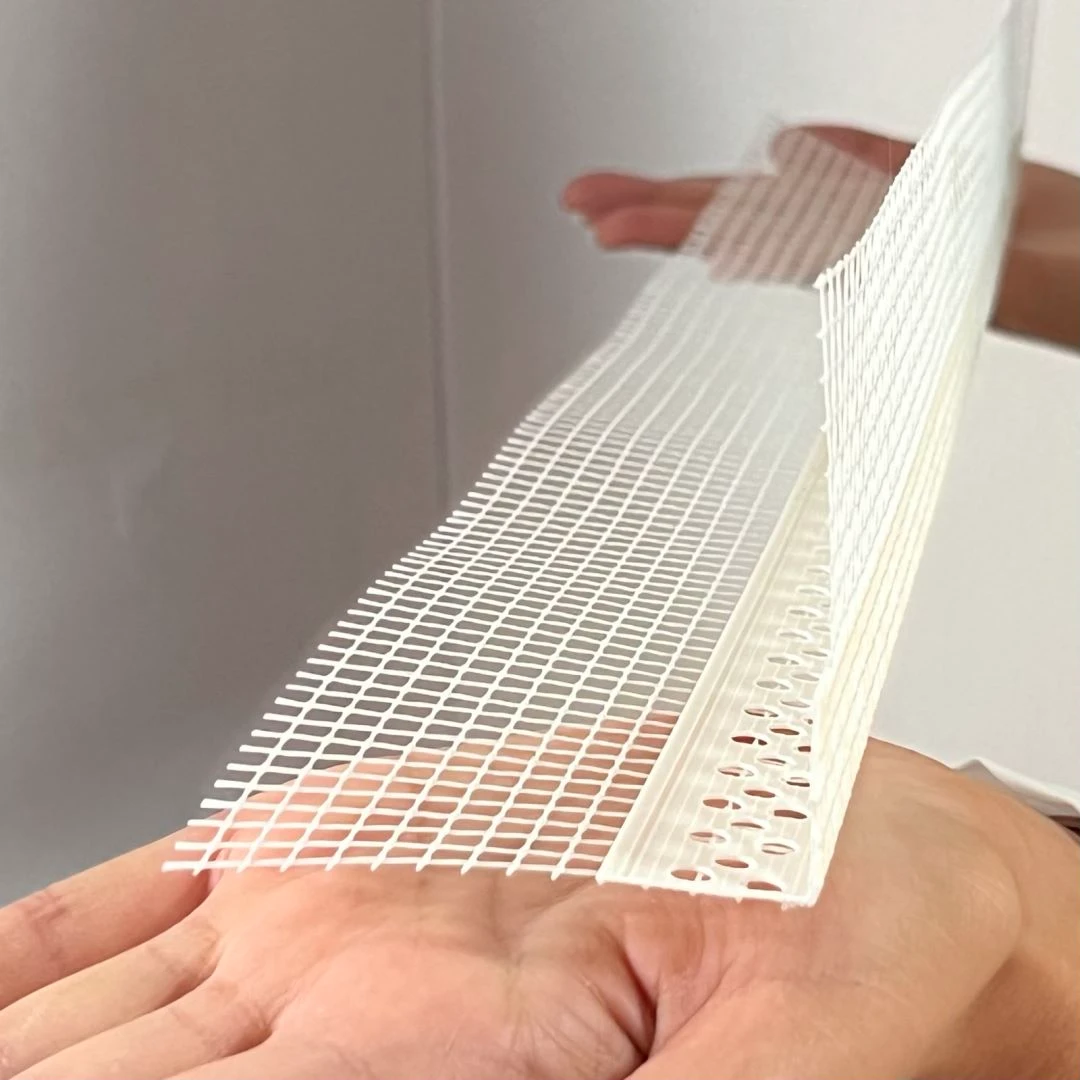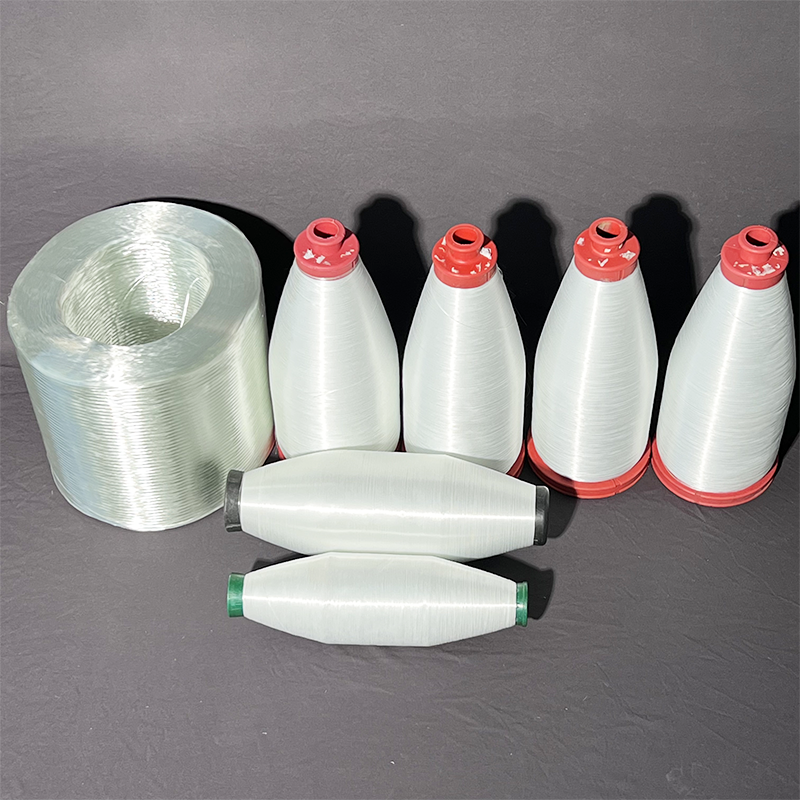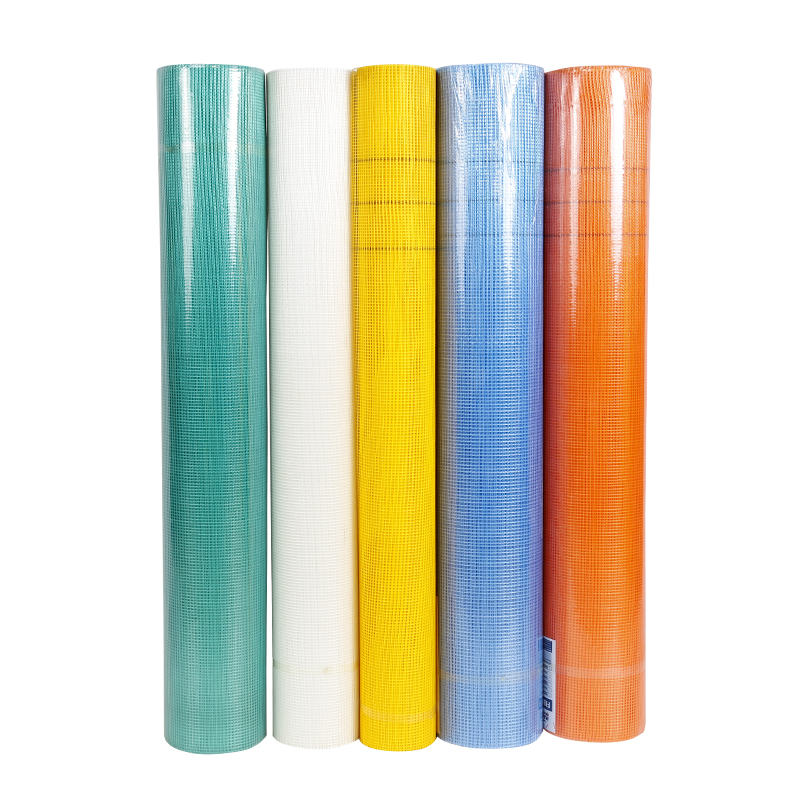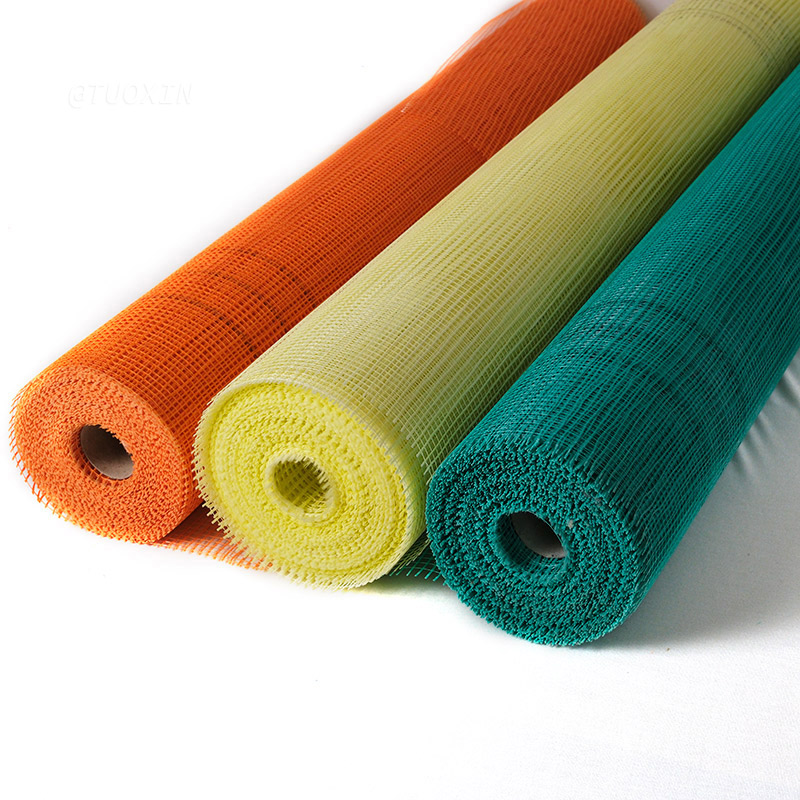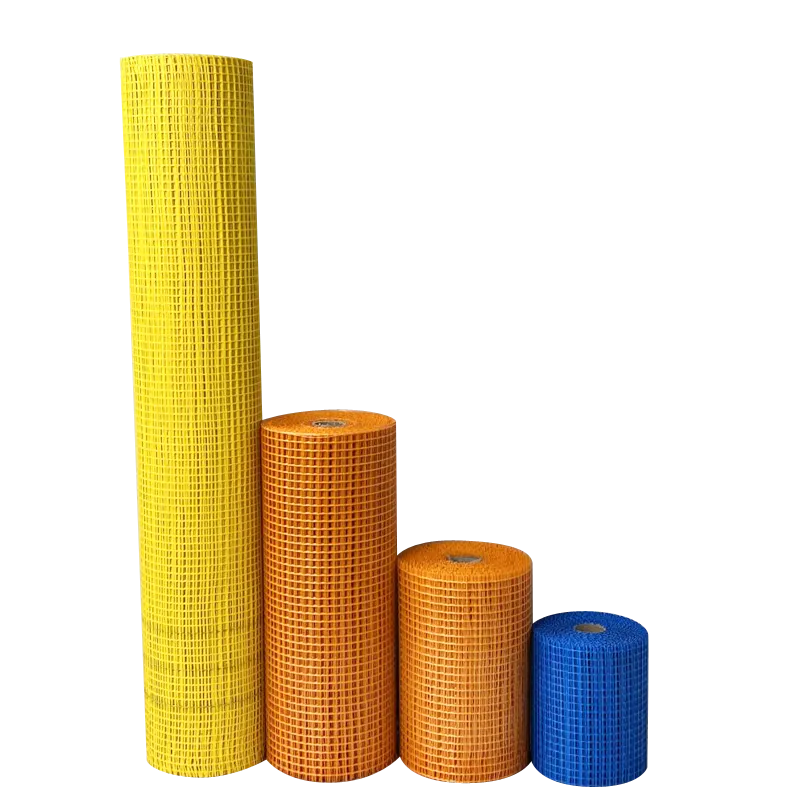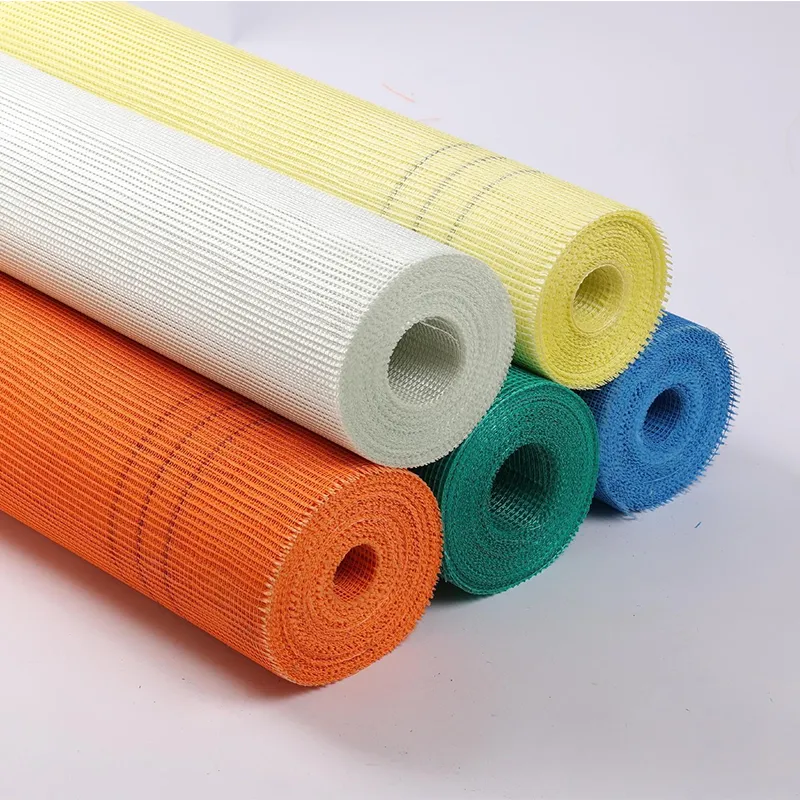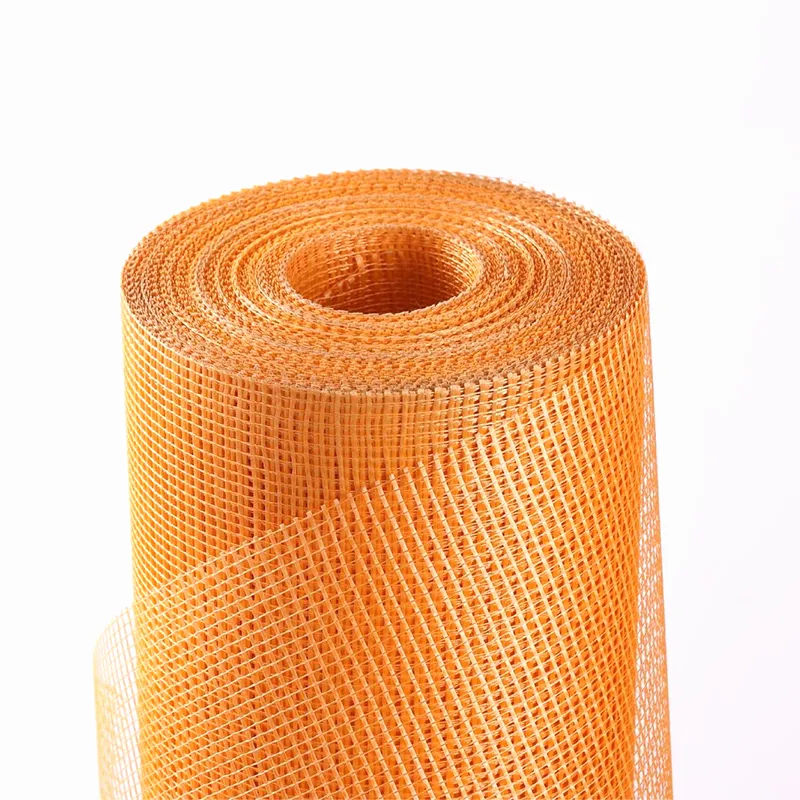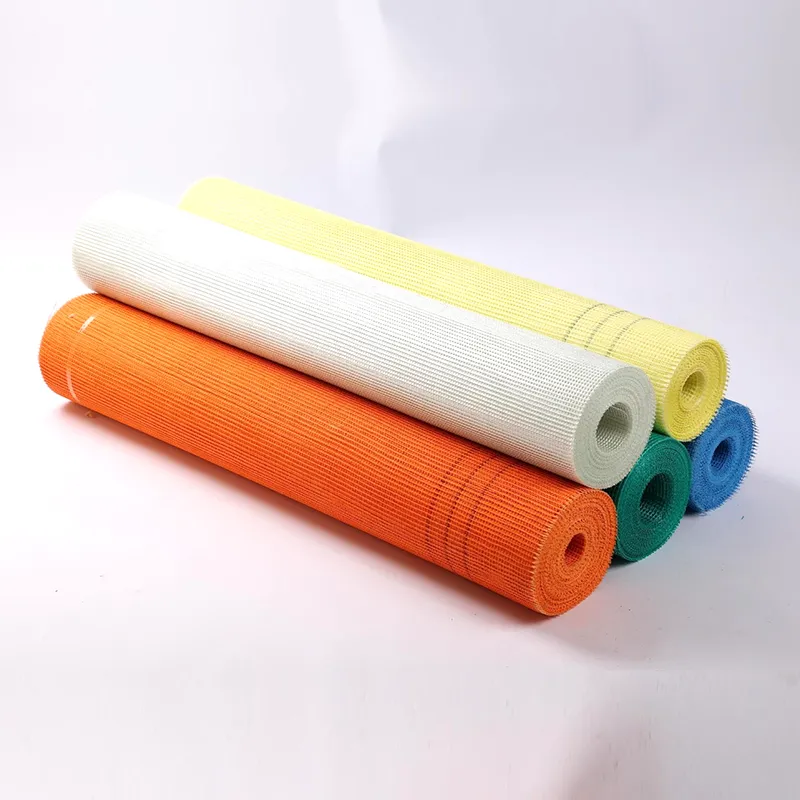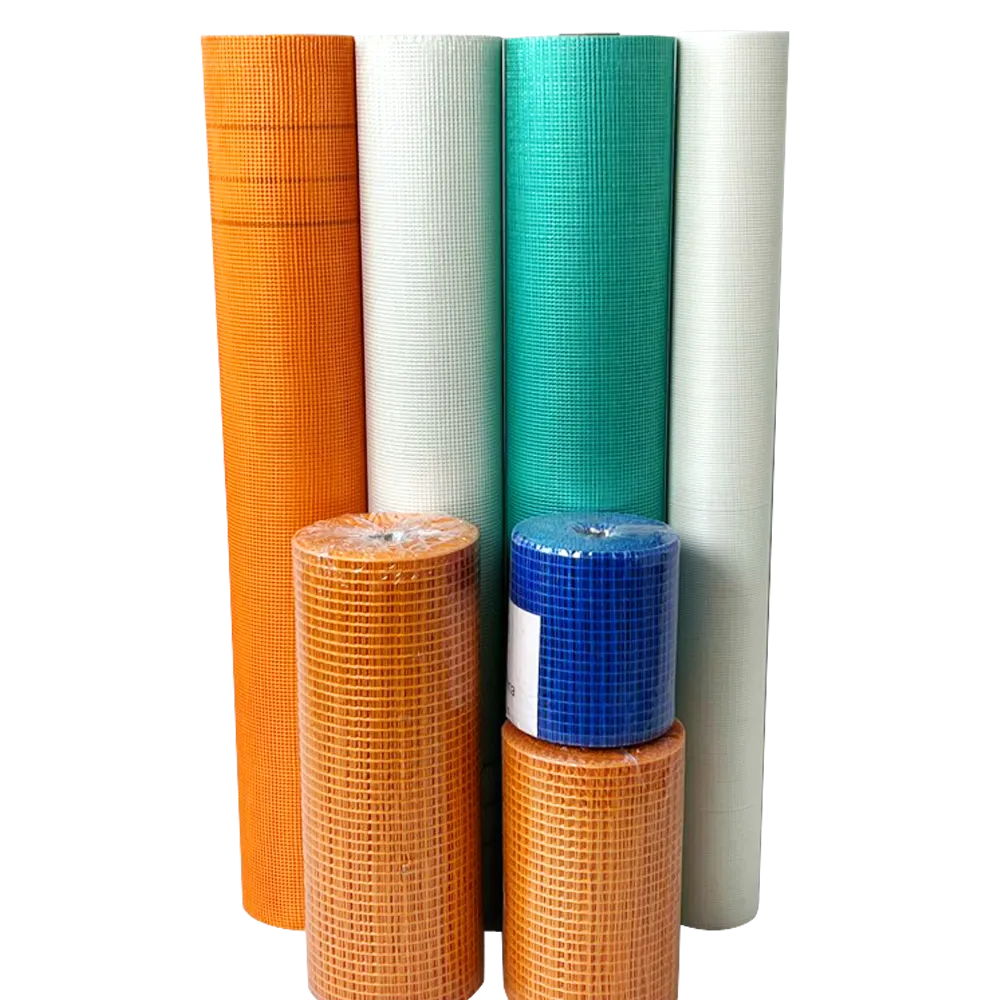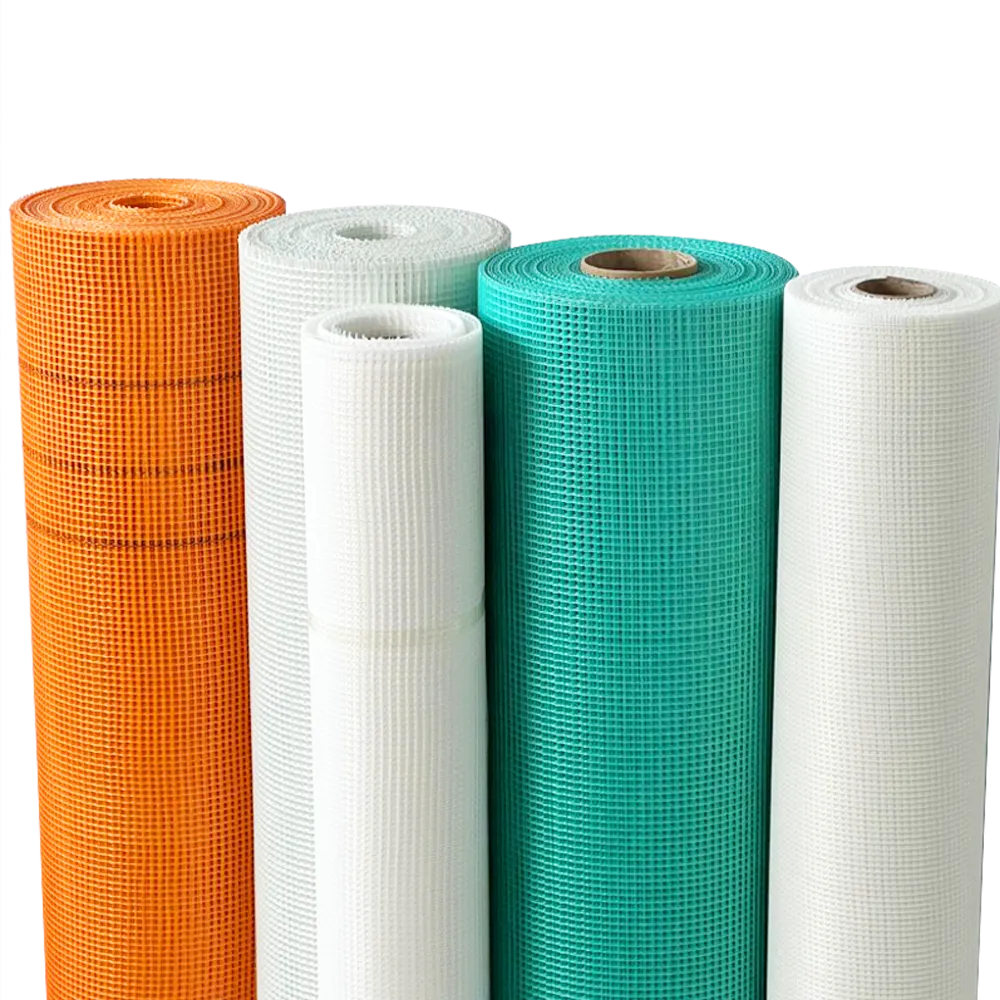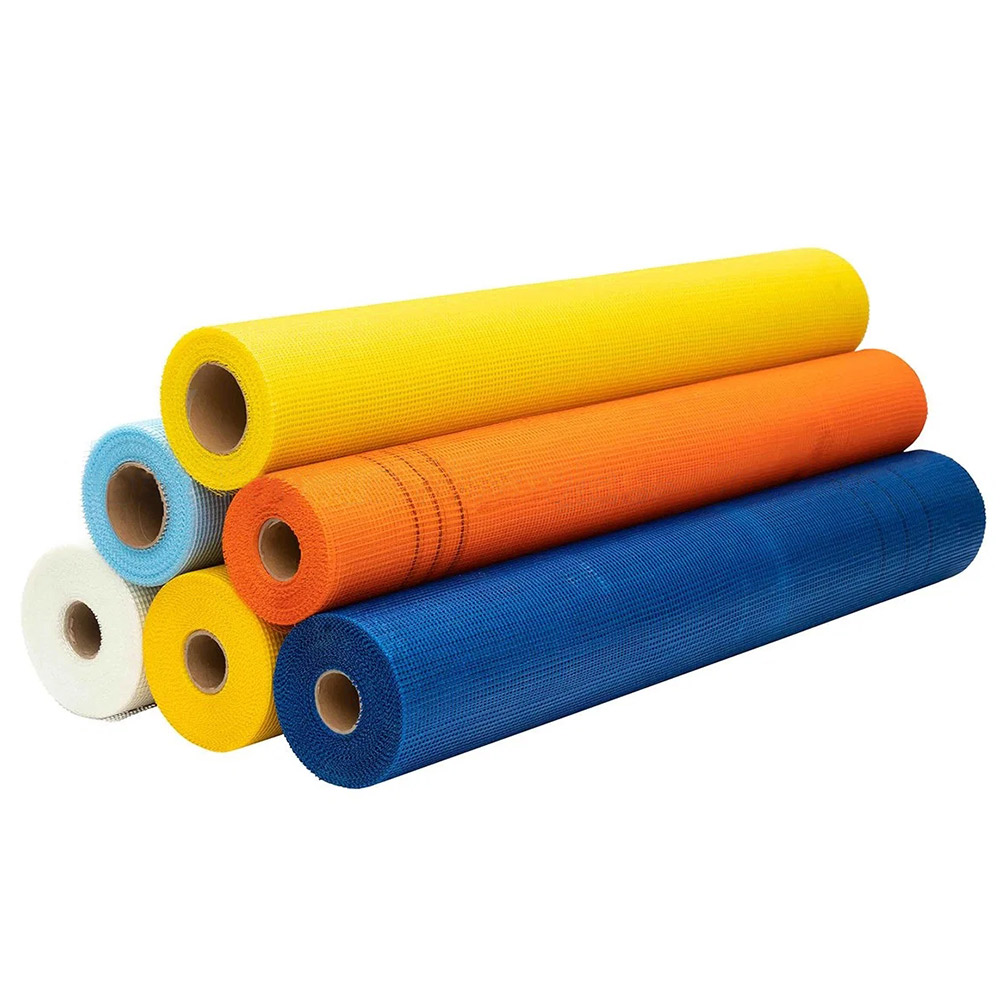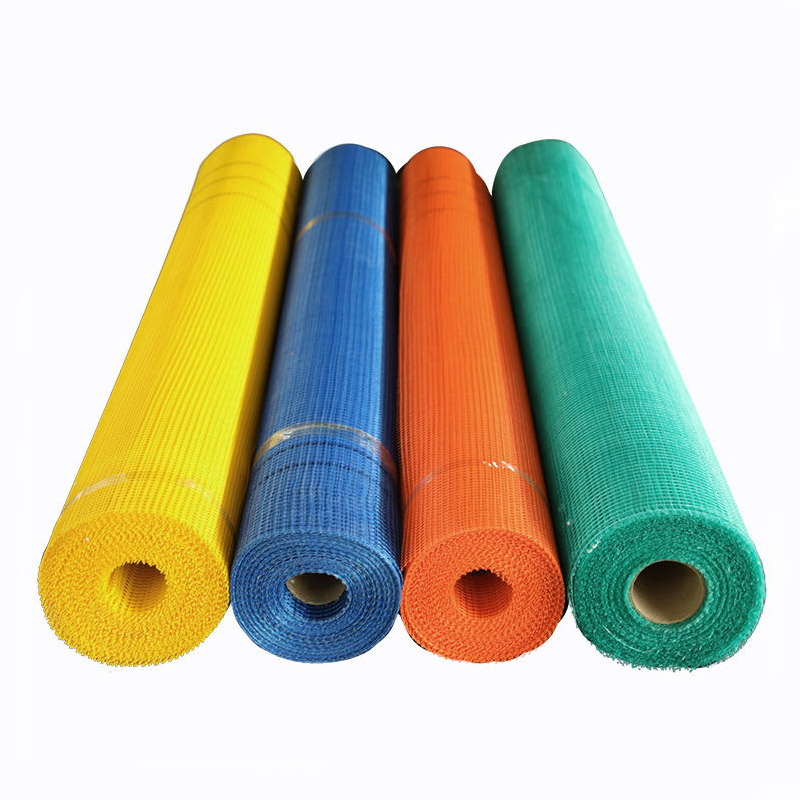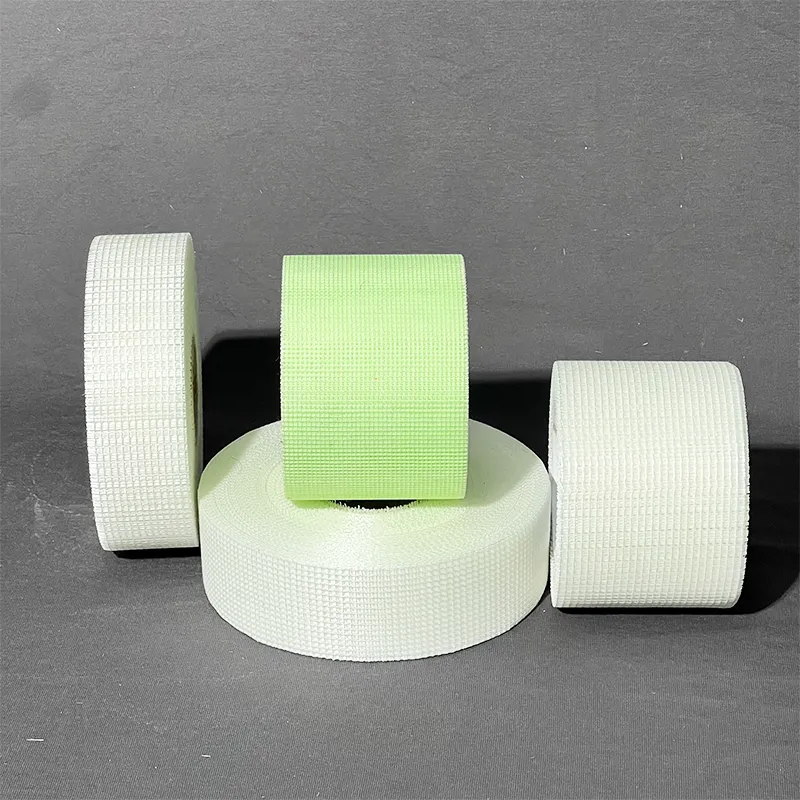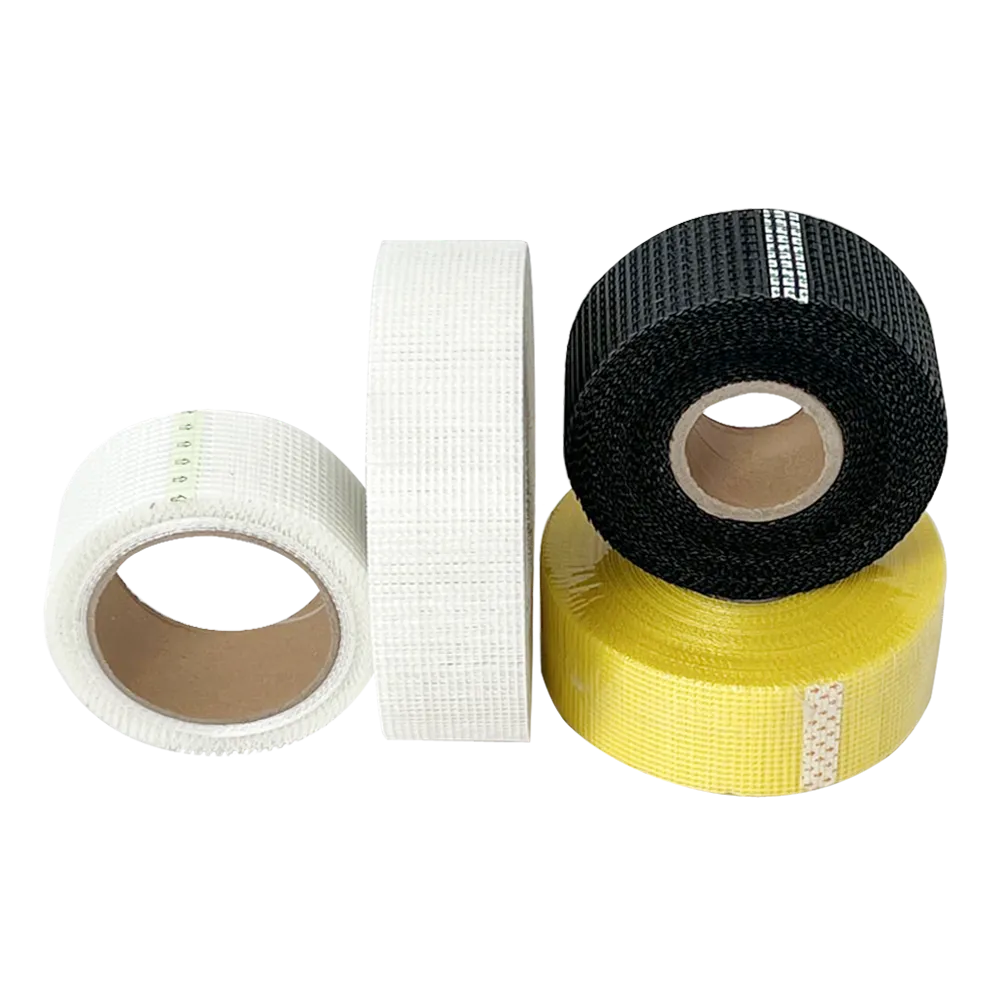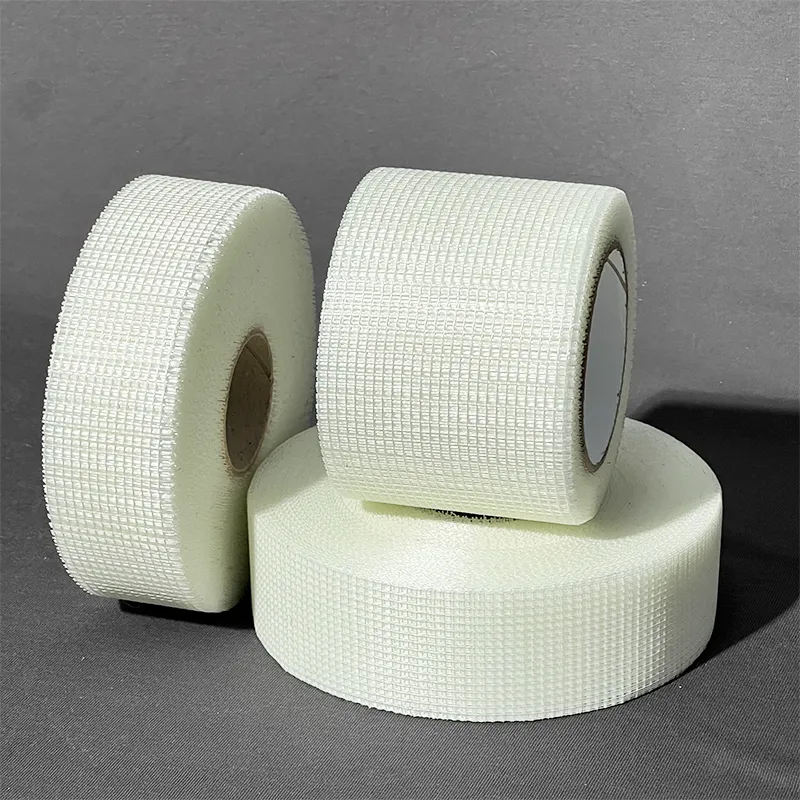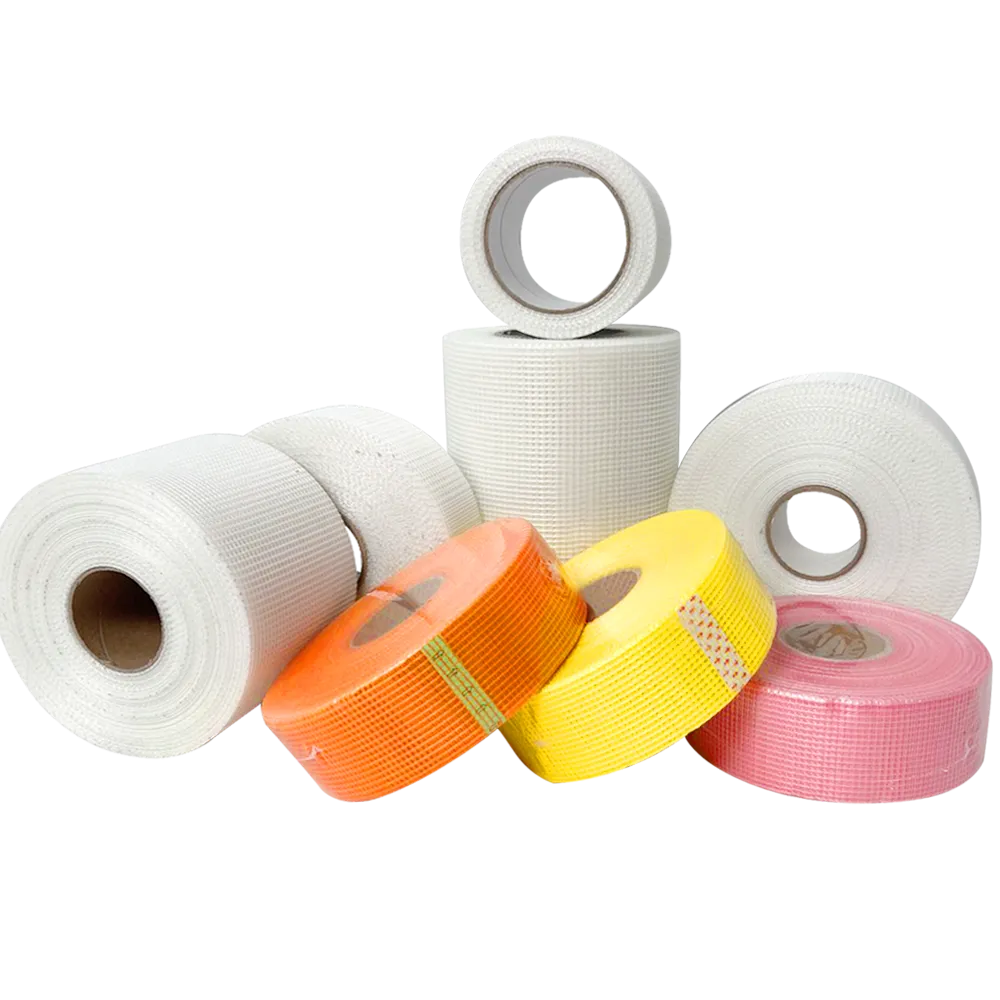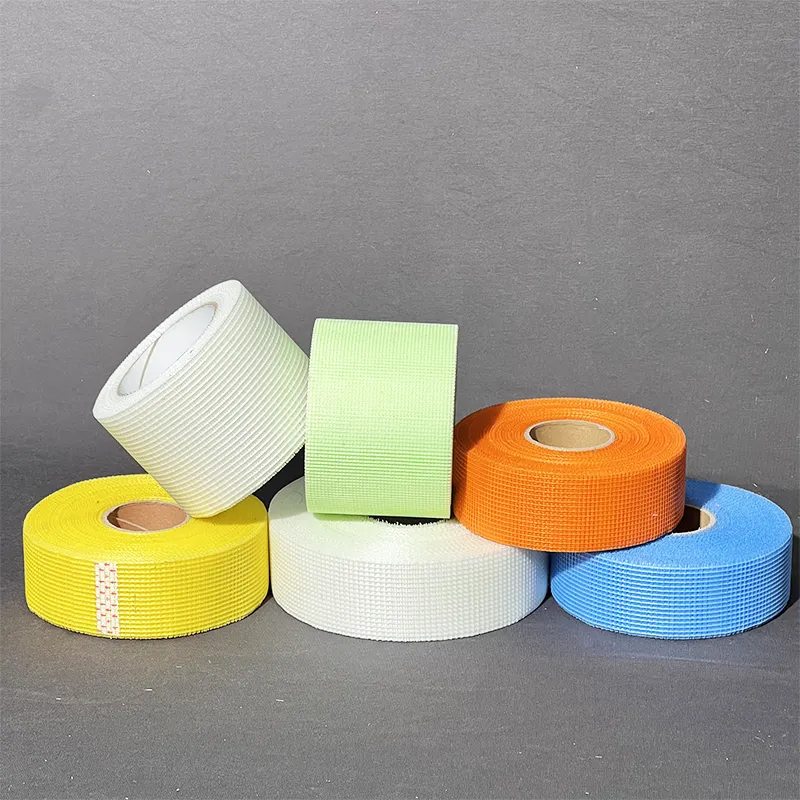8 月 . 06, 2025 11:27 回目錄
Long-Lasting Wall Reinforcement: The Power of Alkaline-Resistant and White Fiberglass mesh Tapes
When it comes to building durable walls and ceilings, reinforcement materials play a critical role in ensuring long-term stability. Tapes made from fiberglass are widely used in drywall, stucco, plasterboard, and cement systems due to their crack resistance and bonding strength. In particular, alkaline resistant drywall joint tape, 耐鹼玻璃纖維網格帶, and white fiberglass 網狀接縫膠帶 have become industry standards for modern construction. This article explores these advanced materials and their applications in depth.
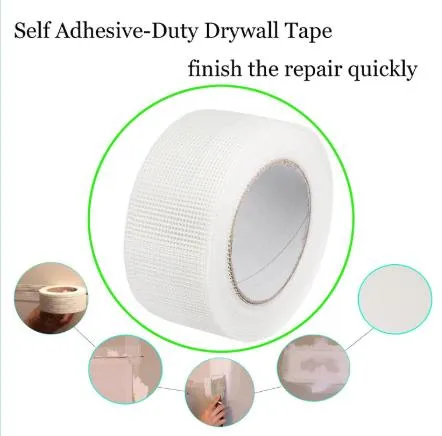
Superior Strength with Alkaline Resistant drywall Joint Tape
Alkaline resistant drywall joint tape is designed to withstand highly alkaline environments, such as those found in cement-based renders and mortars. When traditional mesh or paper tapes are exposed to such conditions, they can degrade, weakening joint integrity. In contrast, alkaline resistant drywall joint tape is manufactured using specially coated fiberglass that resists corrosion, moisture, and chemical breakdown.
Common uses of alkaline resistant drywall joint tape include:
Reinforcing seams in cement board or fiber cement panels
Joint taping for EIFS (Exterior Insulation and Finish Systems)
Crack resistance in stucco base coats
Preventing expansion-related fractures in high-humidity areas
Thanks to its resistance to high pH levels, this tape is especially useful in exterior projects, wet areas like bathrooms, and cement-intensive builds. Its woven fiberglass structure also helps distribute stress evenly, minimizing the risk of stress cracks along panel seams or edges.
Industry-Preferred Options: Alkali Resistant Fiberglass Mesh Tape
Alkali resistant fiberglass mesh tape are popular reinforcements for internal and external wall systems. Alkali resistant fiberglass mesh tape typically features an open weave, allowing better integration with plaster or joint compound. This is ideal for:
Gypsum board reinforcement
Taping vertical and horizontal joints
Seamlessly connecting wall corners
Surface repair in walls or ceilings
This types offer exceptional crack resistance and durability. Their alkali-resistant coatings prevent the glass fibers from weakening when exposed to the alkalinity of cement or lime-based products. Contractors also appreciate these tapes for their ease of application, resistance to shrinking.
Seamless Finishes with White Fiberglass mesh Tape and White fiberglass Mesh Joint Tape
When a clean finish is just as important as structural strength, white fiberglass mesh tape and white fiberglass 網狀接縫膠帶 come into play. These tapes offer the same reinforcement benefits as their natural-colored counterparts, but their white appearance allows them to blend more easily under light-colored plasters, paints, or surface coatings.
White fiberglass mesh tape is often used in:
Drywall taping where light-colored or transparent finishes will be applied
Projects that require minimal visual bleed-through
Gypsum plaster reinforcements with white or pastel-colored topcoats
Meanwhile, white fiberglass 網狀接縫膠帶 features an open-weave fiberglass structure designed for improved bonding with plaster or joint compound. This tape is ideal for:
Joint seams in drywall and cement boards
Crack prevention near joints and corners
Interior applications where a subtle finish is necessary
In addition to blending more easily under light materials, white-colored tapes also provide improved visibility when applied on darker surfaces, helping installers ensure proper alignment and overlap.
Whether for new construction or renovation, fiberglass tapes are indispensable tools for reinforcing seams, preventing cracks, and supporting a professional finish. Specialized variants like alkaline resistant joint tape and 耐鹼玻璃纖維網格帶 offer chemical resistance and superior bonding in cement-rich or humid environments. At the same time, aesthetic-focused options like white fiberglass mesh tape and white fiberglass 網狀接縫膠帶 provide functional support with a cleaner visual profile.
From drywall interiors to exterior stucco façades, choosing the right tape ensures structural integrity and long-lasting results. As modern construction demands continue to grow, fiberglass joint tapes remain a trusted solution for builders, drywall specialists, and plastering professionals.
-
The Versatile Strength of Fiberglass Mesh in Modern Construction訊息Aug.06,2025
-
Strength Beneath the Surface: The Role of fiberglass Mesh Tapes in Drywall and Stucco Systems訊息Aug.06,2025
-
Reinforcing Modern Surfaces: The Power of Fiberglass Mesh in Construction訊息Aug.06,2025
-
Building Stronger Walls: The Benefits of Fiberglass mesh Tapes in Drywall Construction訊息Aug.06,2025
-
Advanced Reinforcement Solutions: The Role of Alkali-Resistant and White Fiberglass Mesh in Modern Plastering訊息Aug.06,2025
